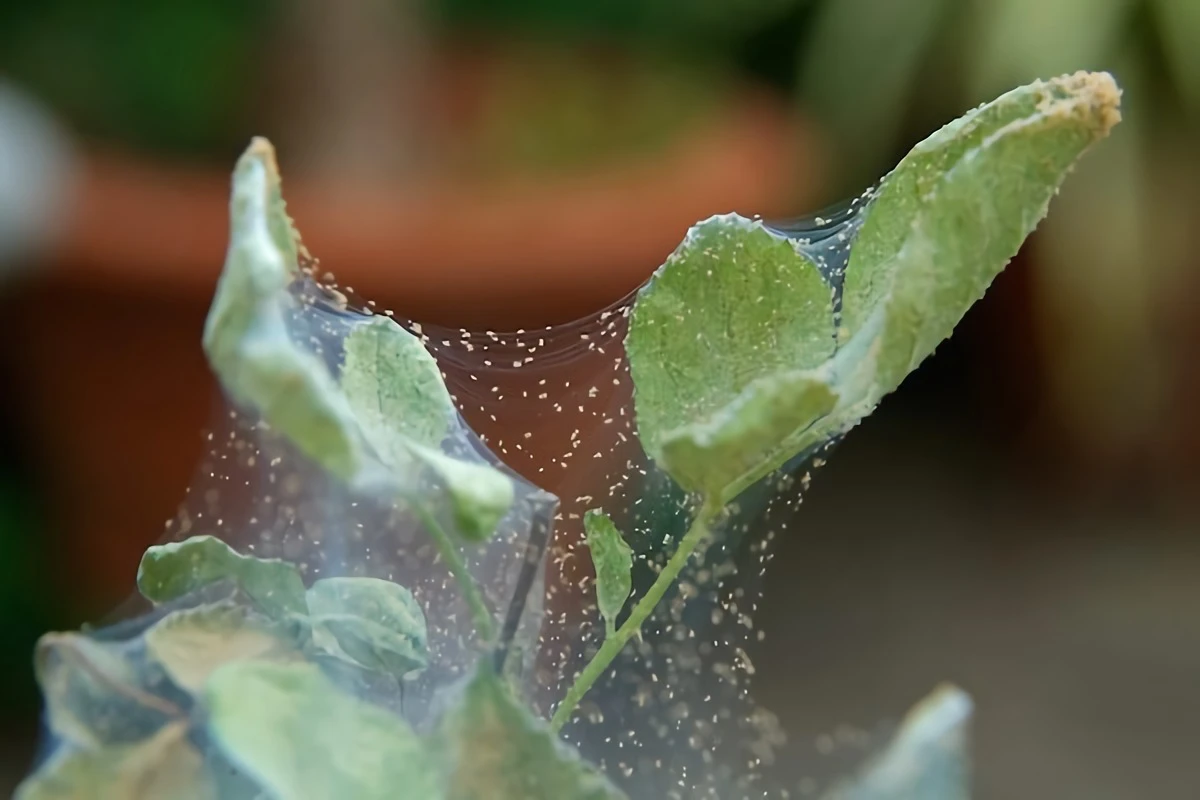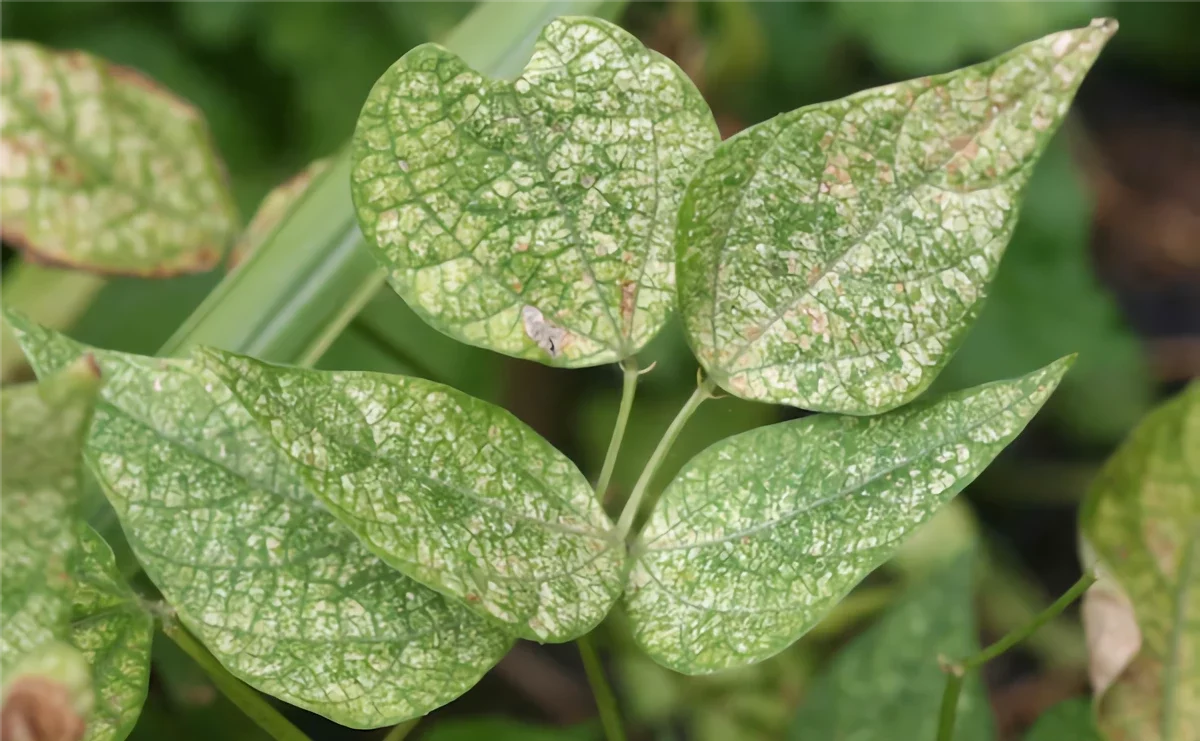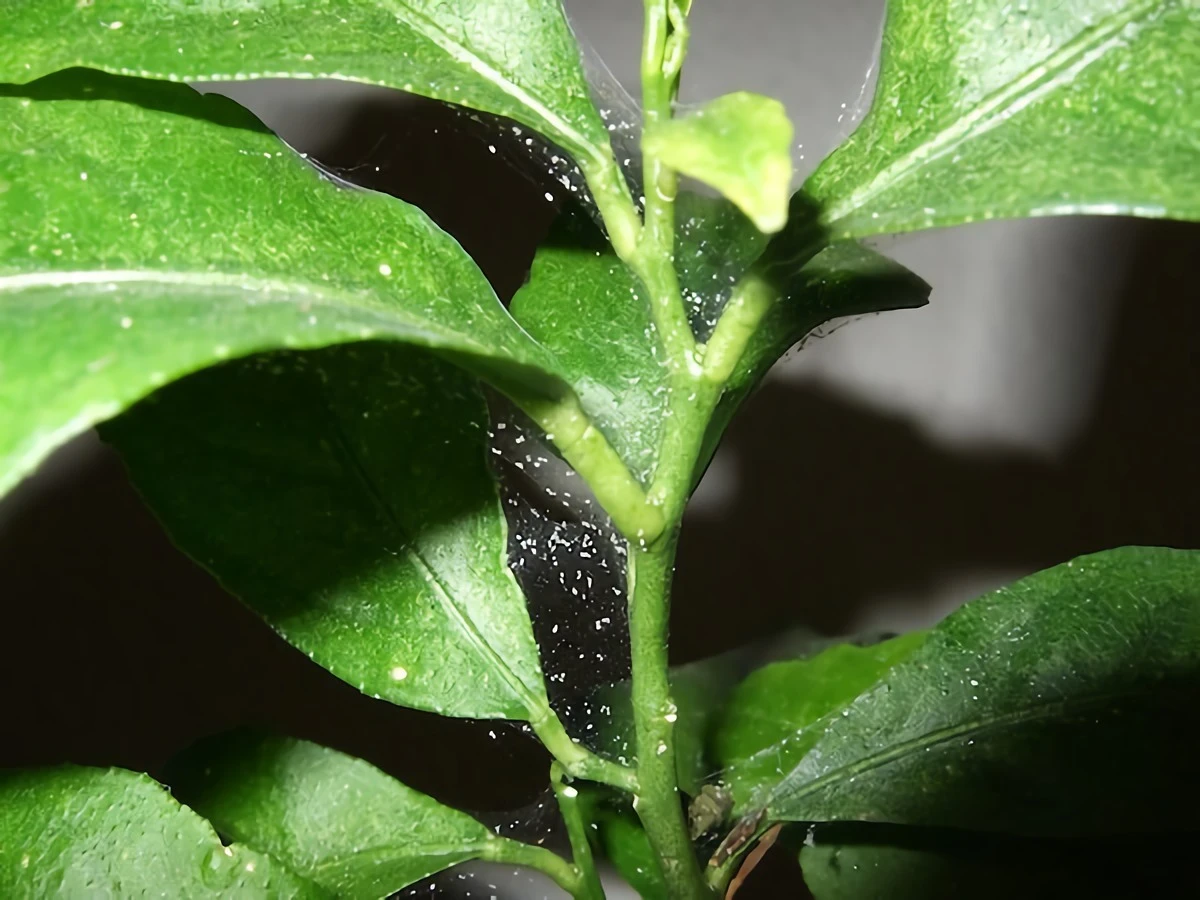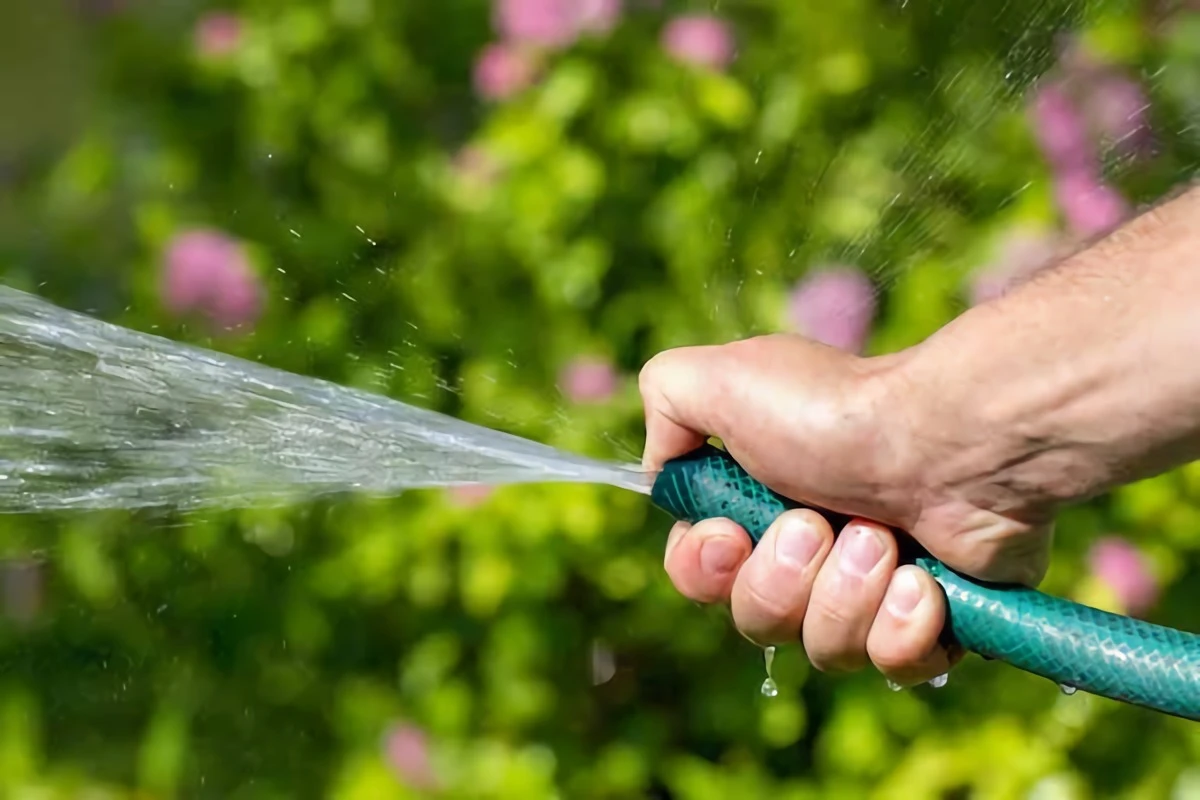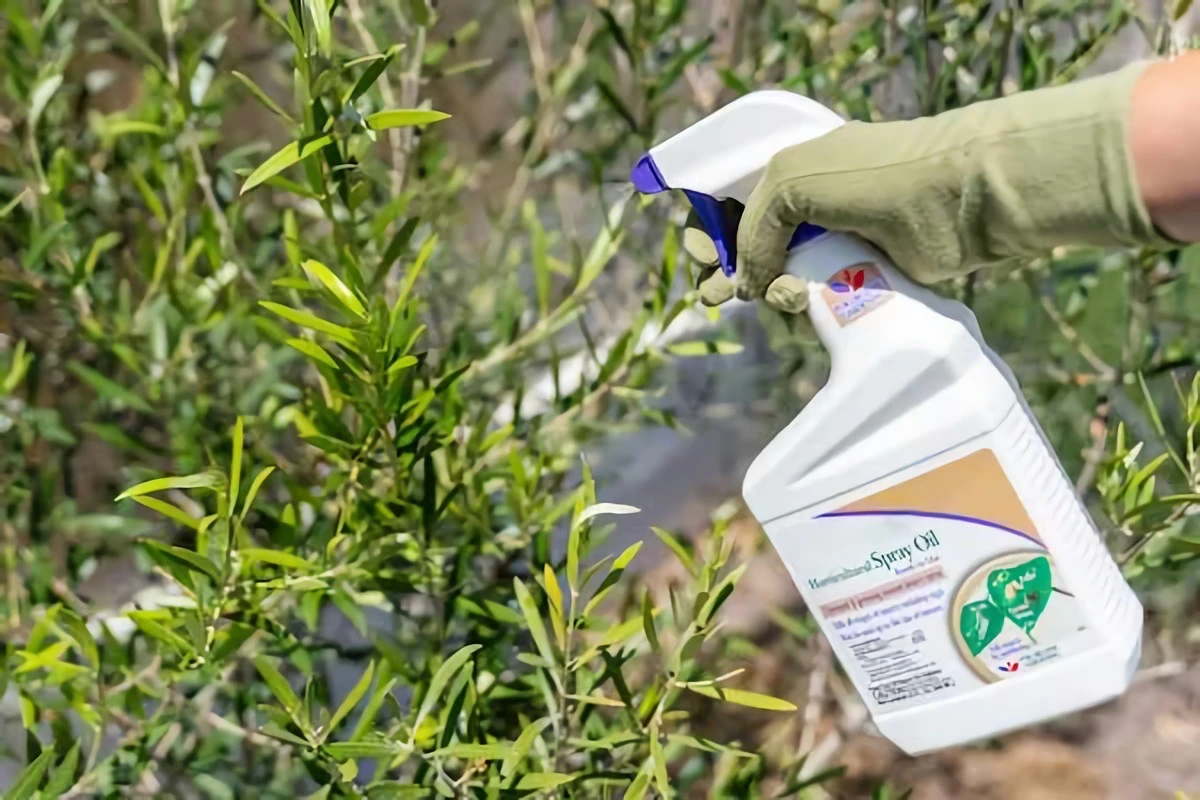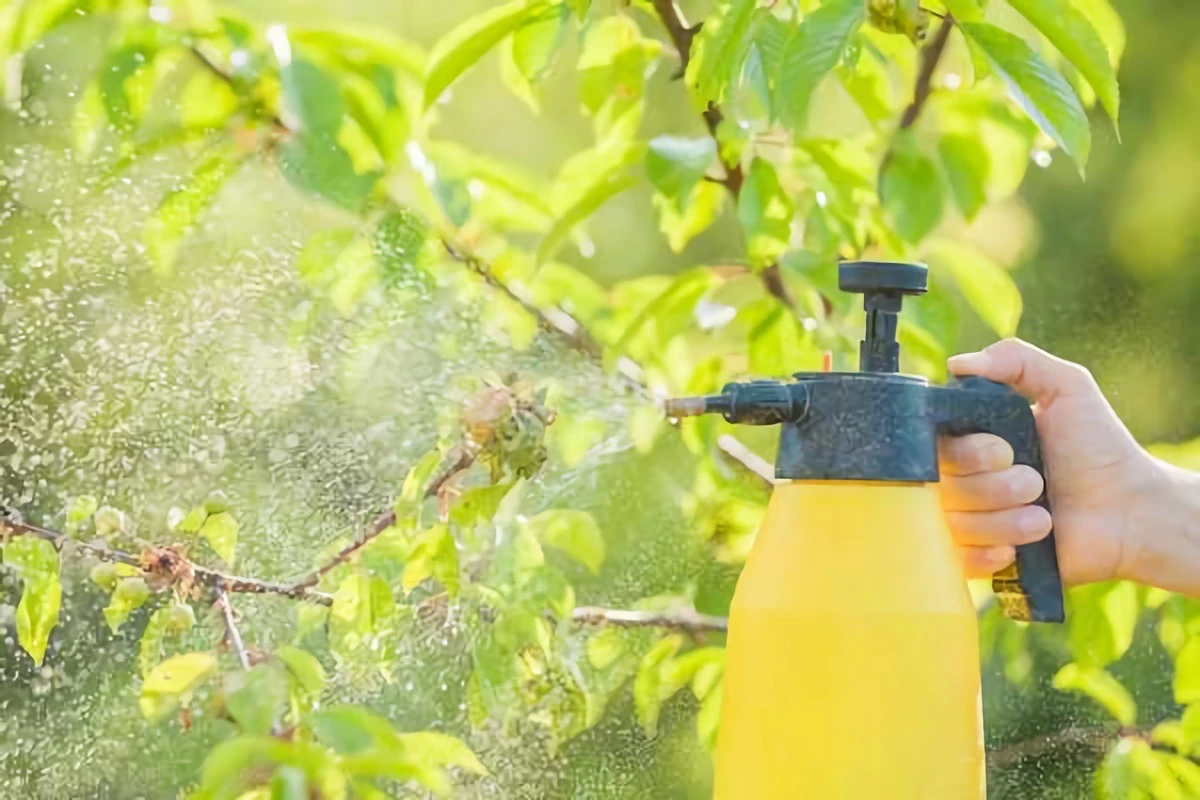How To Get Rid Of Spider Mites – 5+ Effective Methods
Hm, are the leaves of your precious plant starting to turn yellow no matter how much love, water, and sunlight you give it? The culprit is probably spider mites. These tiny pests can wreak havoc both on indoor and outdoor plants and are so small they can’t actually be seen with a naked eye. We see them more like tiny moving dots. And while a small number of mites may not be too concerning, their fast reproduction pace is. They will take over very fast and leave your plant an empty shell of itself. On the bright side, if you are dealing with spider mites, there are a few simple solutions you can try to remove them. While they can be annoying with the right removing technique you will soon forget you ever had them. Here is everything you need to know on how to get rid of spider mites.
These tiny pests can wreak havoc both on indoor and outdoor plants
They will take over very fast and leave your plant an empty shell of itself
In this article
What Are Spider Mites?
Well spider mites are truly their own thing. While they are neither insects nor spiders, they do belong to the arachnid family. They are very tiny (around the size of a grain of pepper) and you may need a magnifying glass to actually spot them. Spider mites come in a variety of colors including red, brown, green, orange, and yellow. These small critters like to build colonies on the undersides of leaves. They multiply quick and thrive in a warm and dusty environment (but can also survive in shady spots). Spider mites can develop in as little as a week and the population can turn into an infestation in just two weeks. These tiny creatures feed by sucking out the moisture out of your plant’s leaves, causing severe damage and potential death. While they are not harmful to people, or structures, they will take down your plants.
While they are neither insects nor spiders, they do belong to the arachnid family
How To Identify Spider Mite Damage?
Sometimes it may be hard to recognize if you have spider mite damage, as it is often misidentified as nutrient deficiency or herbicide. That’s why it is important to understand what the signs of spider mite damage are, so you can easily identify if that is the problem. The first thing you will notice is your plant’s leaves looking stippled, dry, and yellow, or covered in a lot of pale yellowy-white spots and blotches. These spots and issues occur due to chlorophyll loss caused by the mites feeding on your plant. Some mites also inject toxins into the leaves which cause discoloring and distorting. If you see any of these symptoms, alongside some fine white webbing on the leaves, then you are most likely dealing with spider mites.
You will notice is your plant’s leaves having a lot of pale yellowy-white spots and blotches
You may also see a lot of webbing with tiny dot like creatures
How To Get Rid of Spider Mites
No matter if you have spider mites on your indoor plants or in the garden, it’s time to get rid of them. We are not going to let them win and take away your beautiful plants. If there is still a fighting chance for your plant – take it. We’ve collected the best methods when it comes to dealing with these teeny tiny critters to make the process easier.
We are not going to let them win and take away your beautiful plants
#Water
Spider mites love warm, dry, and dusty atmospheres. This means one of your best defenses is moisture. An effective way to get rid of spider mites is to regularly spray the plants with hard blasts of water, aiming at the underside of leaves or needles. When it comes to indoor plants you can place them in the sink or tub to get treated with the faucet sprayer. Spraying the plants with water will keep them dust free and wet, both things mites do not enjoy. Of course, make sure to not overwater your plant in the attempts.
One of your best defenses is moisture
#Rubbing Alcohol
A simple rubbing alcohol solution spray can do wonders. This is because rubbing alcohol helps to dehydrate the mites. So, combine one cup of rubbing alcohol with 4 cups of water into a spray bottle. Then just spray the solution onto your plants. Make sure to cover the stems, flowers, and the foliage thoroughly. However, we recommend doing a patch test first. Spray only one leaf a couple of days before treating the whole plant to see how it will react. This is done as some plants may be more sensitive to the rubbing alcohol than others, and you don’t want to accidentally bring more damage.
A simple rubbing alcohol solution spray can do wonders
#Neem Oil
Neem oil is derived from the neem tree and is a natural way to deal with pests. It is safe for humans and warm-blooded animals (it is highly toxic to fish), but kills a variety of different insects, mites, and other pests. This is because neem oil contains azadirachtin, which is an active compound that interferes with the feeding, mating, molting, and egg-laying cycle of pests. Just apply neem oil according to the manufacturer’s instructions to the plant. Make sure you don’t forget the underside of the leaves.
Neem oil is derived from the neem tree and is a natural way to deal with pest
@The Plant Runner
#Horticultural Oil
Horticultural oil sprays are usually sold in a concentrated form, which means you will need to dilute it before using it onto your plants. But there are usually simple manufacture’s instructions on the back on how to use it. After you’ve diluted according to the instructions, fill up a spray bottle and then spray both the tops and undersides of any infected leaves, as well as stems and branches. While such oil can be used safely on most ornamentals the whole year around, it’s best to void spraying it on any blooms or buds.
Fill up a spray bottle and then spray both the tops and undersides of any infected leaves
#Insecticidal Soap
Insecticidal soap is super effective, and it can be easily found at most garden stores, as well as online. This soap kills spider mites the minute it makes contact and then leaves a residue then ensures no more mites will invade for at least 30 days. Just spray the infected areas until all the pest are covered in soap. However, always read the instructions as you don’t want to use too much, or it will burn the plant.
Insecticidal soap is super effective in getting rid of spider mites
#Pyrethroid Pesticide
These pesticides are made from natural pyrethrins which are blended with other chemicals in order to improve the pyrethrins performance. Pyrethrin itself is actually a natural derivative of specific types of chrysanthemum flowers and in it’s fully pure form is even considered a safer pesticide. However, since pyrethroid pesticides contain added chemicals, they are not considered fully organic. But they are still a safer alternative than purely synthetic chemical pesticides. Pyrethroid pesticides are often recommended as an effective way to deal with spider mites.
These pesticides are made from natural pyrethrins
This was how to get rid of spider mites with a couple of simple methods. We hope you found this article useful. Now you won’t have to worry about these pesky critters taking over your beautiful plants.
This was how to get rid of spider mites with a couple of simple methods
Related Articles
- How To Get Rid of Mold on Houseplant Soil
- 9 Natural Solutions To Get Rid of Slugs
- How To Get Rid of Spiders
- 5 Effective Ways To Get Rid of Lawn Grubs
- Get Rid of Ants in The Garden and Home
- How To Get Rid of Gnats Indoors
Sources:

